Home>Furniture & Design>Interior Design Trends>How Do You Water Glass Eggs
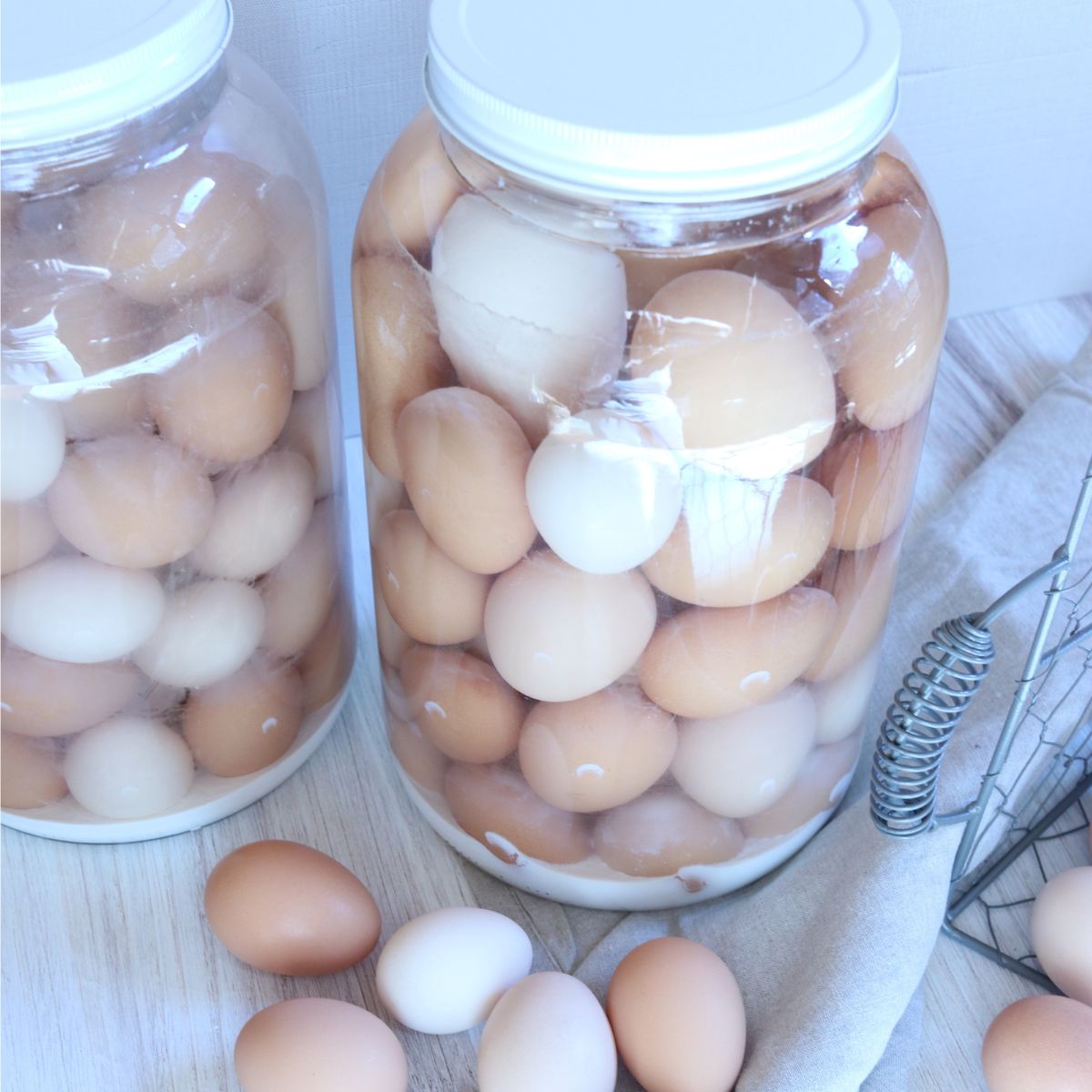

Interior Design Trends
How Do You Water Glass Eggs
Modified: April 21, 2024
Discover the latest interior design trends for watering glass eggs and enhancing your home decor. Explore creative ideas and tips for incorporating this unique trend.
(Many of the links in this article redirect to a specific reviewed product. Your purchase of these products through affiliate links helps to generate commission for Storables.com, at no extra cost. Learn more)
Introduction
Water glass eggs, also known as "preserved eggs" or "century eggs," are a unique delicacy with a rich history in Chinese cuisine. These eggs undergo a preservation process that transforms their texture, flavor, and appearance, resulting in a culinary experience that is both intriguing and delicious.
Preserving eggs in a water glass solution, typically made from a mixture of clay, ash, salt, quicklime, and rice straw, creates a chemical reaction that alters the egg's composition. The process involves burying the eggs in the solution for several weeks to several months, allowing the transformative magic to take place.
The result is a striking visual display of translucent egg whites and a creamy, custard-like yolk with a distinct umami flavor. The unique taste and texture of water glass eggs make them a sought-after ingredient in various dishes, adding depth and complexity to soups, congee, and savory pastries.
In this article, we will delve into the fascinating world of water glass eggs, exploring the materials needed, the step-by-step process of preserving eggs, and valuable tips and tricks to ensure a successful outcome. Whether you are a culinary enthusiast eager to experiment with new flavors or a seasoned chef looking to elevate your dishes, mastering the art of water glass eggs opens up a realm of culinary possibilities.
Join us on this culinary journey as we uncover the secrets of preserving eggs in water glass and discover the art of incorporating these unique delicacies into your culinary repertoire. Let's embark on this flavorful adventure and unlock the potential of water glass eggs in the kitchen.
Key Takeaways:
- Dive into the captivating world of water glass eggs, a unique delicacy with a rich history in Chinese cuisine. Learn the step-by-step process and essential tips to create these extraordinary preserved eggs at home.
- Uncover the transformative journey of ordinary eggs into water glass eggs, a culinary adventure blending tradition, chemistry, and artistry. Embrace patience, precision, and reverence for preservation to unlock their unique flavor and versatility in dishes.
Read more: How To Water Glass Eggs
Materials Needed
To embark on the captivating process of preserving eggs in water glass, you will need a selection of essential materials to ensure a successful and rewarding outcome. These materials are crucial for creating the ideal environment for the chemical reaction that transforms ordinary eggs into the extraordinary delicacy known as water glass eggs. Here's a comprehensive list of the materials required for this intriguing culinary endeavor:
-
Fresh Eggs: The foundation of this preservation process is, of course, the eggs themselves. Opt for fresh, high-quality eggs to serve as the canvas for the transformative journey ahead.
-
Water Glass Solution Ingredients:
- Calcium Oxide (Quicklime): This essential component contributes to the alkaline environment necessary for the preservation process.
- Sodium Carbonate (Soda Ash): Playing a crucial role in the chemical reaction, soda ash helps create the ideal conditions for transforming the eggs.
- Salt: Adding salt to the water glass solution aids in preserving the eggs and enhancing their flavor.
- Rice Straw: This natural material contributes to the overall composition of the water glass solution, playing a part in the preservation process.
-
Clay or Earthenware Vessel: Select a suitable container, such as a clay pot or earthenware vessel, to house the water glass solution and the eggs. The vessel should be non-reactive and spacious enough to accommodate the eggs comfortably.
-
Water: High-quality water is essential for creating the water glass solution. Opt for clean, filtered water to ensure the purity of the preservation environment.
-
Sealable Container: Once the eggs are submerged in the water glass solution, a sealable container is necessary to securely store and preserve them during the aging process.
-
Protective Gear: As the water glass solution contains alkaline substances, it is crucial to use protective gear such as gloves and goggles to ensure safety during the preparation and handling of the solution.
By gathering these essential materials, you are poised to embark on a culinary adventure that celebrates tradition, chemistry, and the art of preservation. With these foundational elements in place, you are ready to immerse yourself in the captivating process of transforming fresh eggs into the extraordinary delicacy of water glass eggs.
Steps to Water Glass Eggs
The process of creating water glass eggs is a captivating journey that combines tradition, chemistry, and culinary artistry. By following a series of meticulous steps, you can transform ordinary eggs into a delicacy that captivates the senses and elevates the dining experience. Here's a detailed exploration of the steps involved in preserving eggs in water glass, unlocking the transformative potential of this ancient preservation method.
-
Prepare the Water Glass Solution: Begin by assembling the necessary ingredients for the water glass solution, including calcium oxide (quicklime), sodium carbonate (soda ash), salt, and rice straw. Combine these elements with water in a carefully measured ratio to create the alkaline solution that will facilitate the preservation process.
-
Create the Ideal Environment: Select a suitable clay or earthenware vessel to house the water glass solution and the eggs. Ensure that the vessel is clean and non-reactive, providing a spacious environment for the eggs to undergo the transformative aging process.
-
Submerge the Eggs: Gently place the fresh eggs into the prepared water glass solution, ensuring that they are fully submerged. The alkaline environment of the solution initiates a chemical reaction that alters the composition of the eggs, leading to the unique texture and flavor characteristic of water glass eggs.
-
Seal and Store: Once the eggs are submerged in the solution, transfer the vessel to a cool, dark location to begin the aging process. Seal the container securely to create an optimal environment for the eggs to undergo the transformative journey over the coming weeks or months.
-
Monitor the Progress: Throughout the aging period, periodically check on the eggs to observe the changes taking place. The water glass solution gradually transforms the eggs, resulting in a visually stunning display of translucent whites and a creamy, custard-like yolk with a distinctive umami flavor.
-
Patience and Precision: The key to achieving exceptional water glass eggs lies in patience and precision. Allow the eggs to age undisturbed, embracing the gradual evolution of their texture and flavor as they undergo the preservation process.
-
Harvest and Enjoy: After the designated aging period, carefully retrieve the water glass eggs from the solution. Rinse them gently to remove any residual solution, revealing the captivating transformation that has taken place. The preserved eggs are now ready to be incorporated into a myriad of culinary creations, adding depth and complexity to an array of dishes.
By meticulously following these steps, you can embark on a culinary adventure that celebrates the art of preservation and the allure of transforming simple ingredients into extraordinary delicacies. The process of preserving eggs in water glass is a testament to the harmonious blend of tradition, chemistry, and culinary craftsmanship, offering a truly unique and captivating culinary experience.
To water glass eggs, gently place them in a bowl of water. If they sink to the bottom, they are fresh. If they float, they are old and should be discarded.
Tips and Tricks
Mastering the art of preserving eggs in water glass requires attention to detail, a reverence for tradition, and a touch of culinary finesse. As you embark on this captivating culinary journey, consider the following tips and tricks to enhance your experience and ensure a successful outcome:
-
Select Fresh, High-Quality Eggs: The foundation of exceptional water glass eggs lies in the quality of the eggs themselves. Choose fresh, high-quality eggs to serve as the canvas for the preservation process. Opt for eggs with firm shells and vibrant yolks, as they will contribute to the overall flavor and texture of the preserved eggs.
-
Precision in Measurement: When preparing the water glass solution, adhere to precise measurements for the ingredients. The alkaline environment required for the preservation process relies on the accurate combination of calcium oxide, sodium carbonate, salt, and rice straw. Paying meticulous attention to these measurements sets the stage for a successful transformation of the eggs.
-
Careful Submersion: When submerging the eggs in the water glass solution, ensure that they are fully immersed. Gently place the eggs in the solution, taking care to avoid any cracks or damage to the shells. Proper submersion sets the stage for the chemical reaction that will gradually alter the composition of the eggs.
-
Seal and Store in a Cool Environment: After submerging the eggs, seal the container securely and store it in a cool, dark location. The aging process requires a stable environment to unfold effectively. Ensure that the container is kept away from direct sunlight and extreme temperatures, allowing the eggs to undergo the transformative journey undisturbed.
-
Patience is Key: Embrace the virtue of patience as the eggs age in the water glass solution. Avoid the temptation to disturb the process, as the gradual transformation of the eggs requires time and patience. Trust in the preservation process and allow it to work its magic over the designated period.
-
Regular Monitoring: While patience is essential, periodic monitoring of the eggs is also crucial. Check on the progress of the eggs to observe the gradual changes taking place. This allows you to ensure that the preservation process is unfolding as intended and provides insight into the evolving texture and flavor of the water glass eggs.
-
Rinsing and Preparation: When the aging period is complete, carefully remove the water glass eggs from the solution and rinse them gently. This step is essential to remove any residual solution and reveal the stunning transformation that has taken place. Handle the preserved eggs with care, appreciating the artistry and craftsmanship that has gone into their creation.
By incorporating these tips and tricks into your journey of preserving eggs in water glass, you can elevate the process and savor the rewarding experience of creating a culinary delicacy steeped in tradition and flavor. With attention to detail, patience, and a reverence for the art of preservation, you can unlock the full potential of water glass eggs and infuse your culinary creations with their unique and captivating essence.
Conclusion
In conclusion, the art of preserving eggs in water glass is a captivating fusion of tradition, chemistry, and culinary craftsmanship. The transformative journey that ordinary eggs undergo when submerged in the alkaline solution yields a culinary delicacy that captivates the senses and elevates the dining experience. As the eggs age over weeks or months, the water glass solution works its magic, resulting in a visually stunning display of translucent whites and a creamy, custard-like yolk with a distinctive umami flavor.
The process of creating water glass eggs is a testament to the harmonious blend of ancient preservation techniques and the artistry of culinary innovation. By carefully following the meticulous steps and embracing the tips and tricks, enthusiasts and chefs alike can embark on a flavorful adventure that celebrates the rich history and allure of preserved eggs.
The allure of water glass eggs extends beyond their captivating appearance and unique flavor. These preserved eggs serve as a versatile ingredient, adding depth and complexity to an array of dishes. From enriching soups and congee to elevating savory pastries and stir-fry creations, water glass eggs offer a distinctive umami richness that enhances culinary creations with a touch of tradition and sophistication.
As culinary enthusiasts and chefs continue to explore the diverse landscape of gastronomy, the art of preserving eggs in water glass stands as a timeless tradition that invites creativity and experimentation. Whether incorporating water glass eggs into traditional recipes or reimagining their role in contemporary culinary innovations, these preserved delicacies offer a canvas for culinary expression and exploration.
In essence, the journey of preserving eggs in water glass is a celebration of the transformative power of preservation, the allure of tradition, and the artistry of culinary craftsmanship. By embracing this ancient technique, individuals can unlock the potential of water glass eggs and infuse their culinary creations with a touch of history, flavor, and sophistication. With each batch of preserved eggs, a flavorful narrative unfolds, weaving together the threads of tradition, innovation, and the timeless appeal of culinary artistry.
Frequently Asked Questions about How Do You Water Glass Eggs
Was this page helpful?
At Storables.com, we guarantee accurate and reliable information. Our content, validated by Expert Board Contributors, is crafted following stringent Editorial Policies. We're committed to providing you with well-researched, expert-backed insights for all your informational needs.
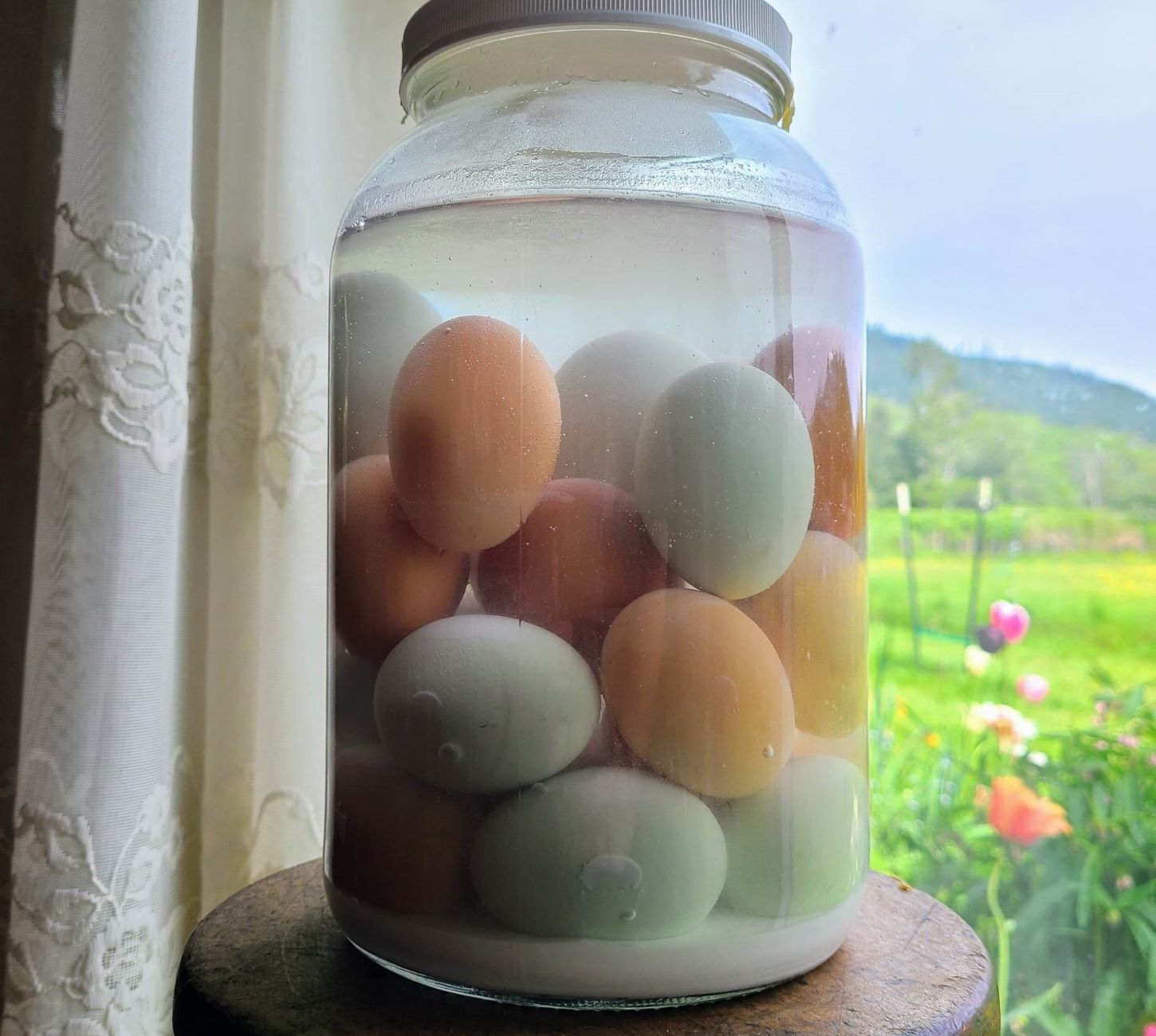
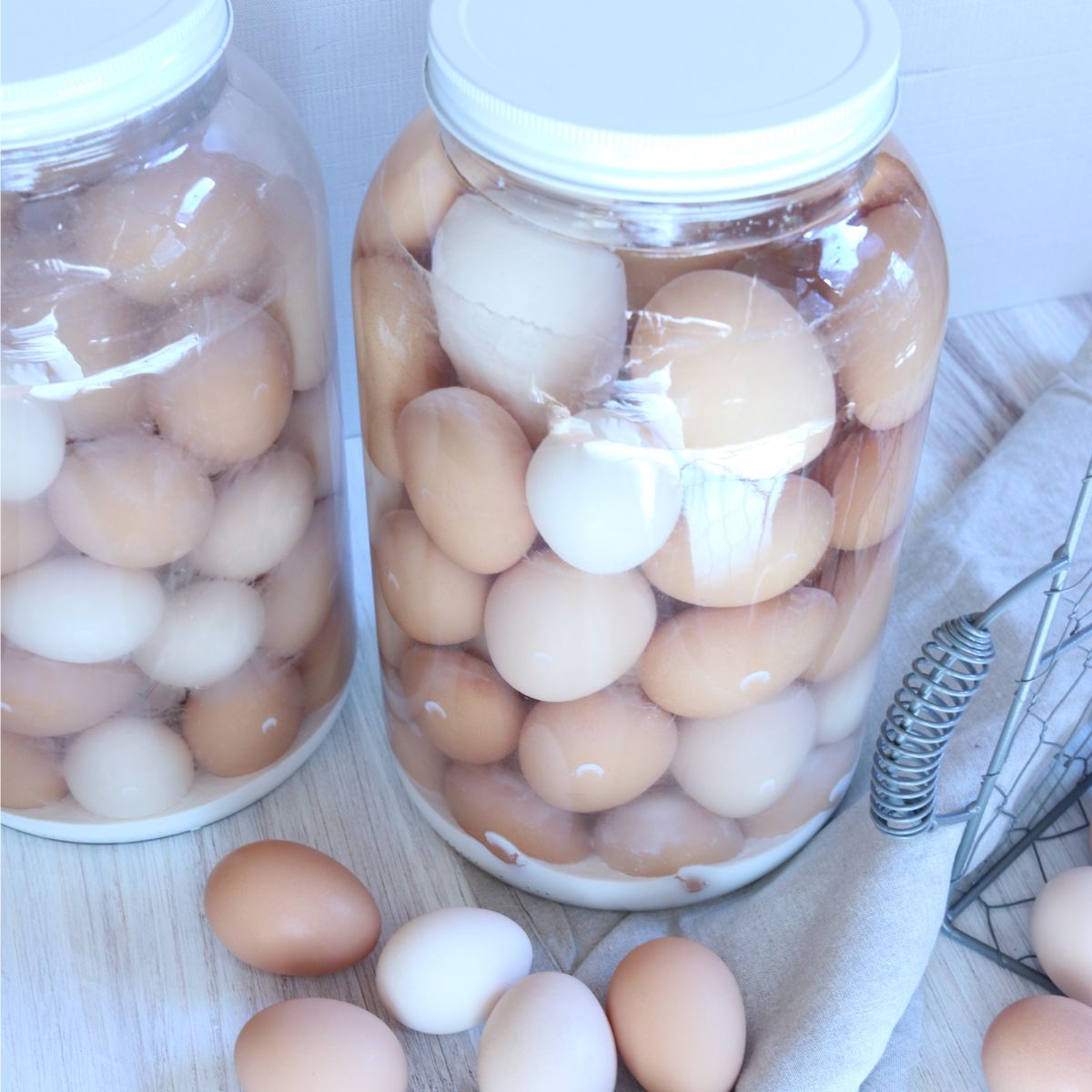
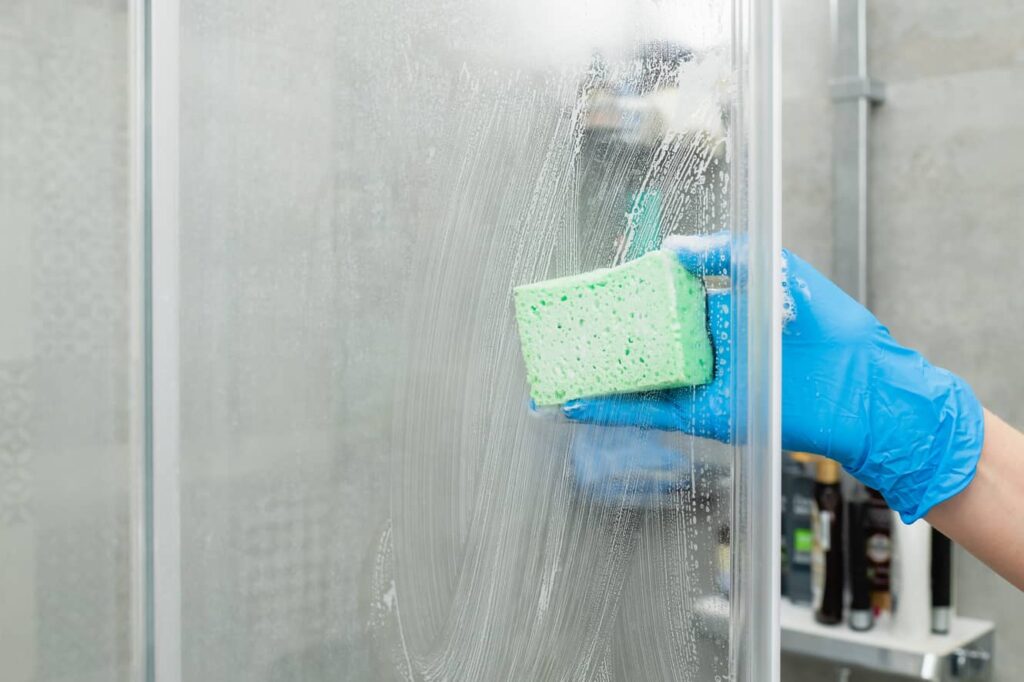
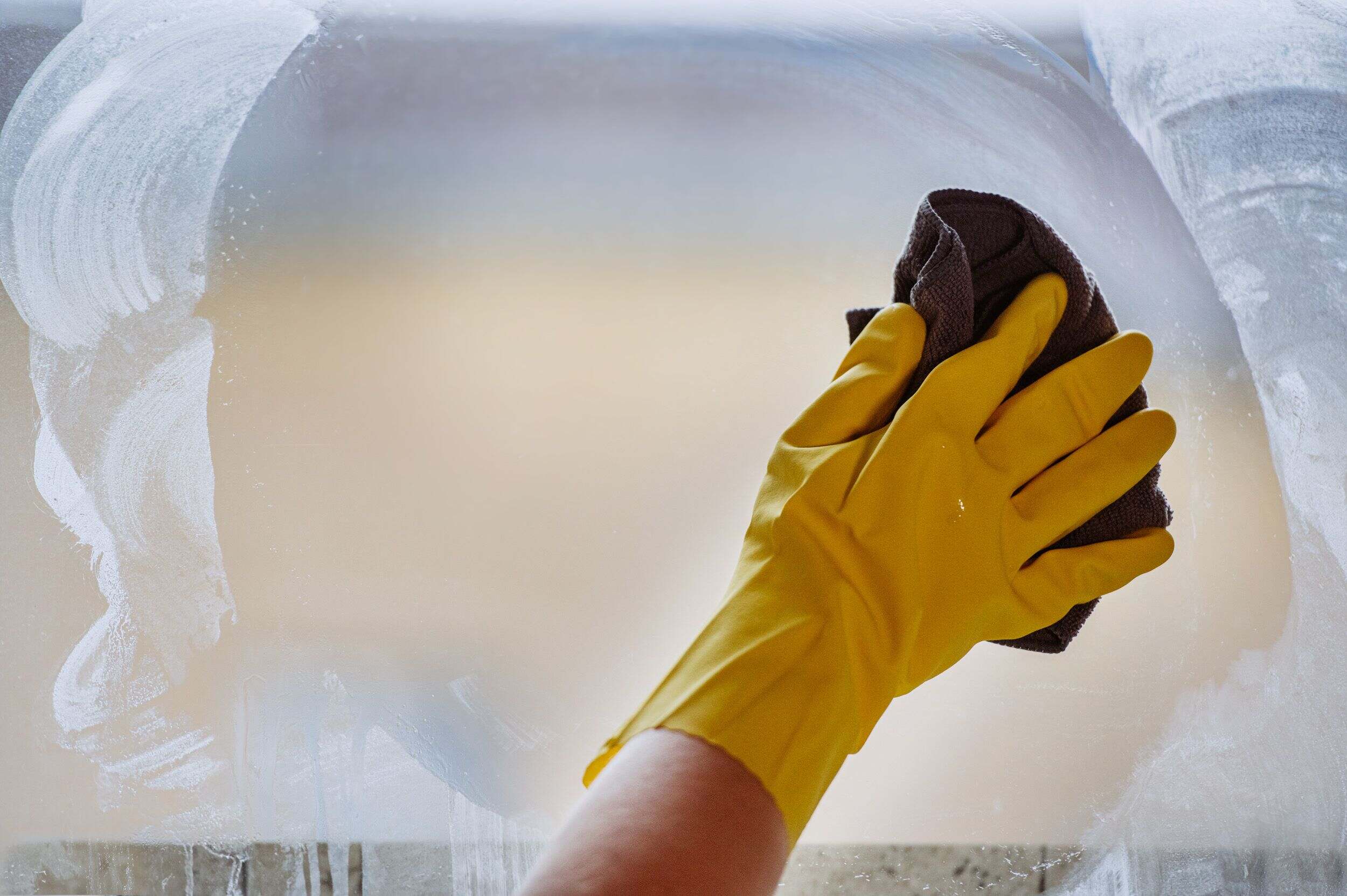
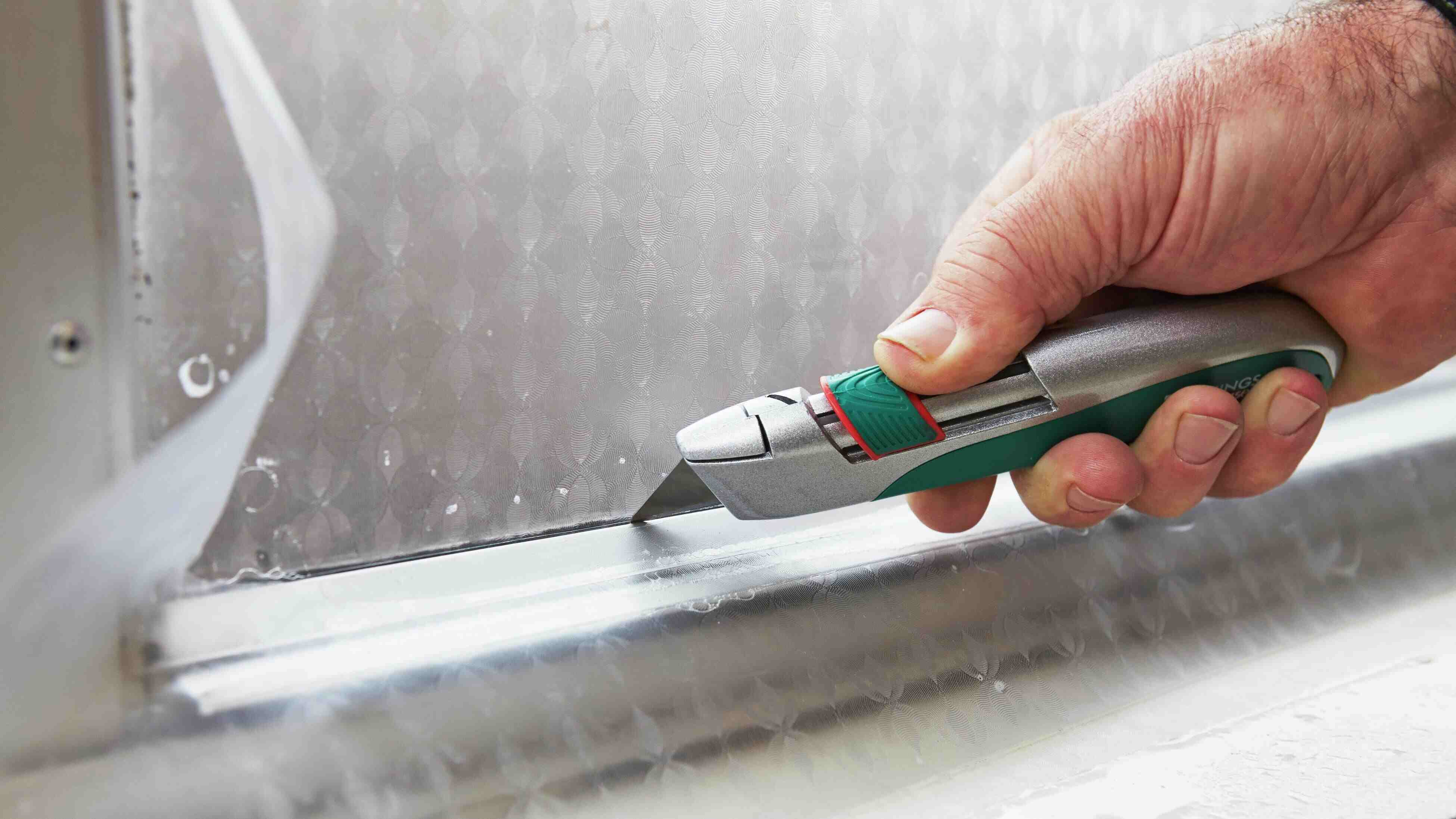
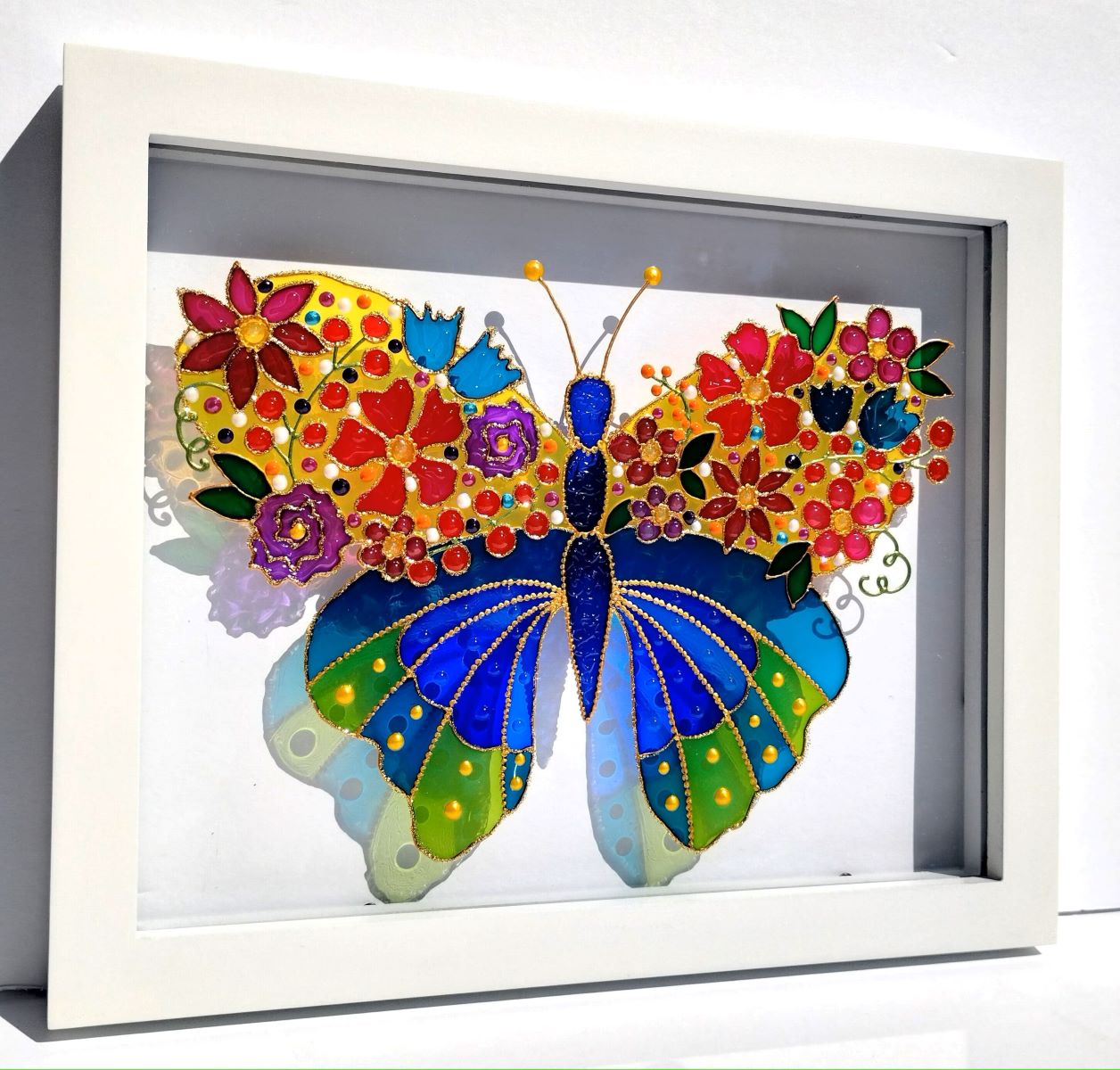
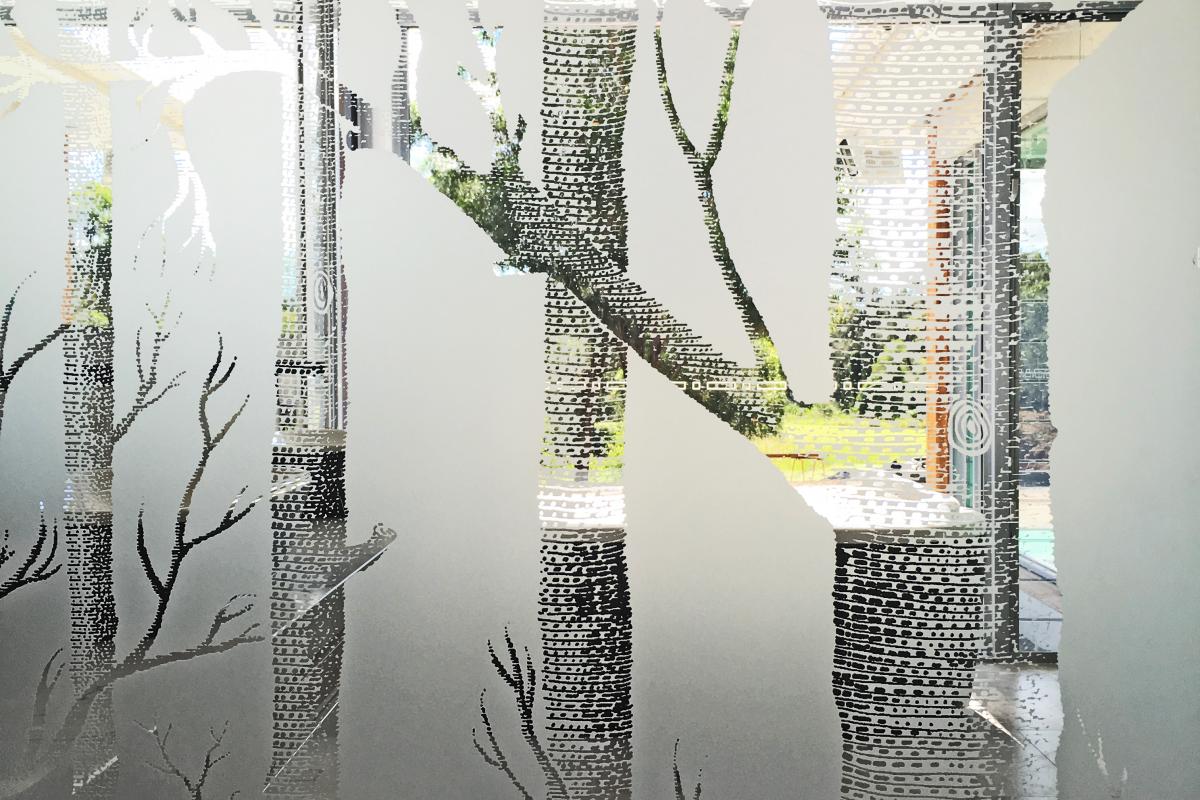
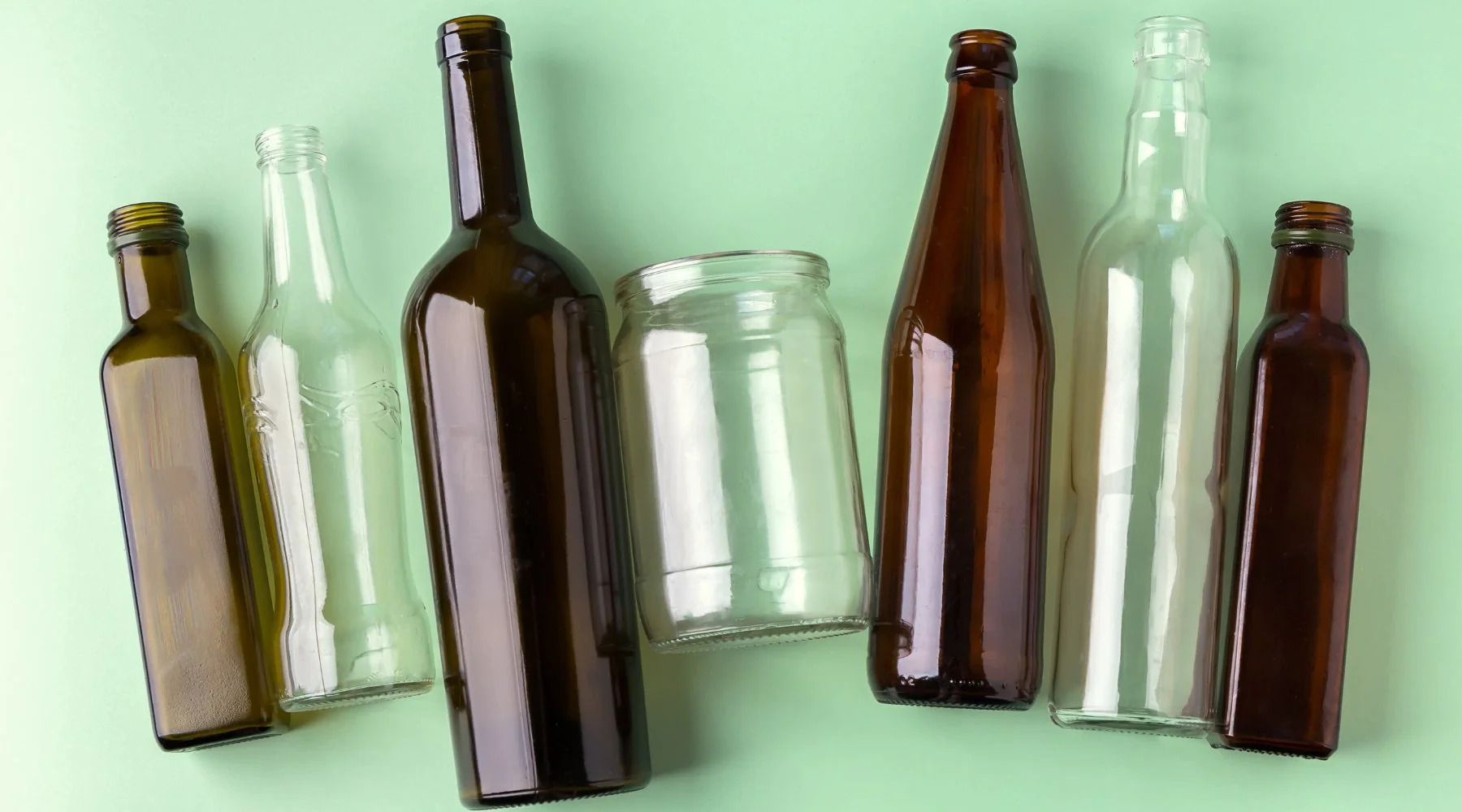
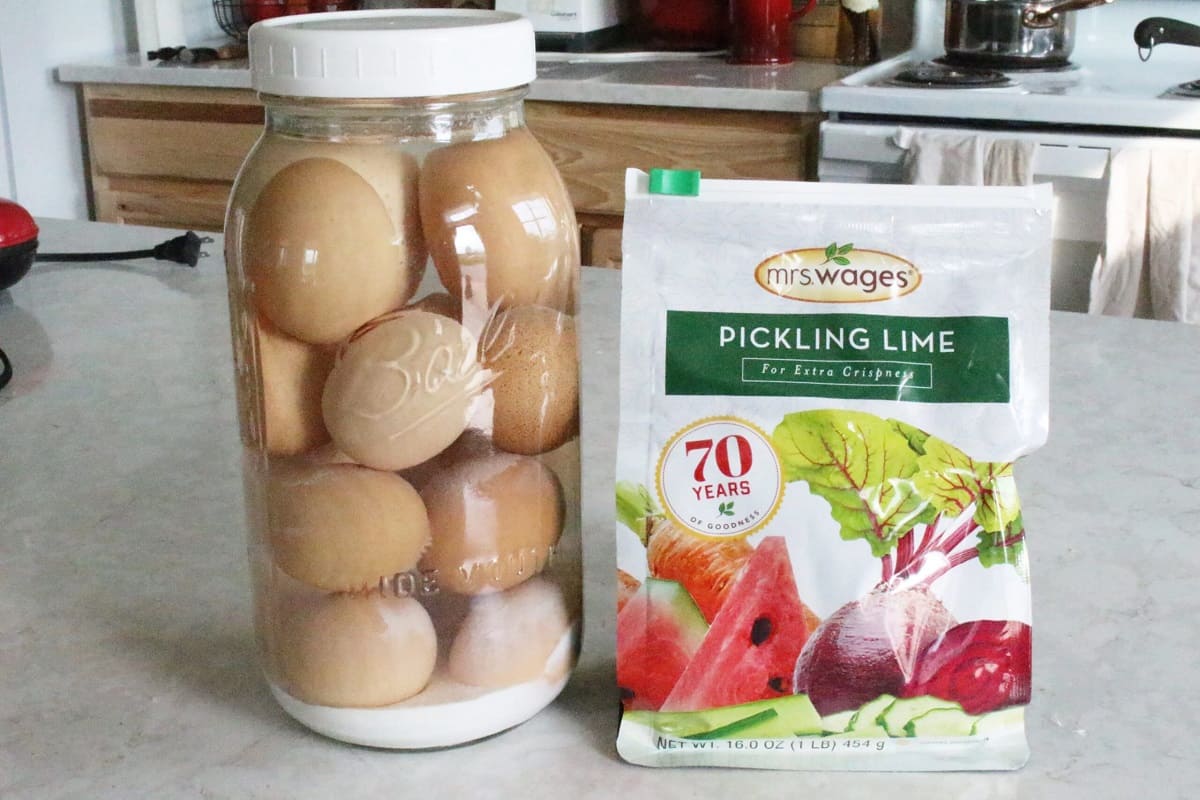
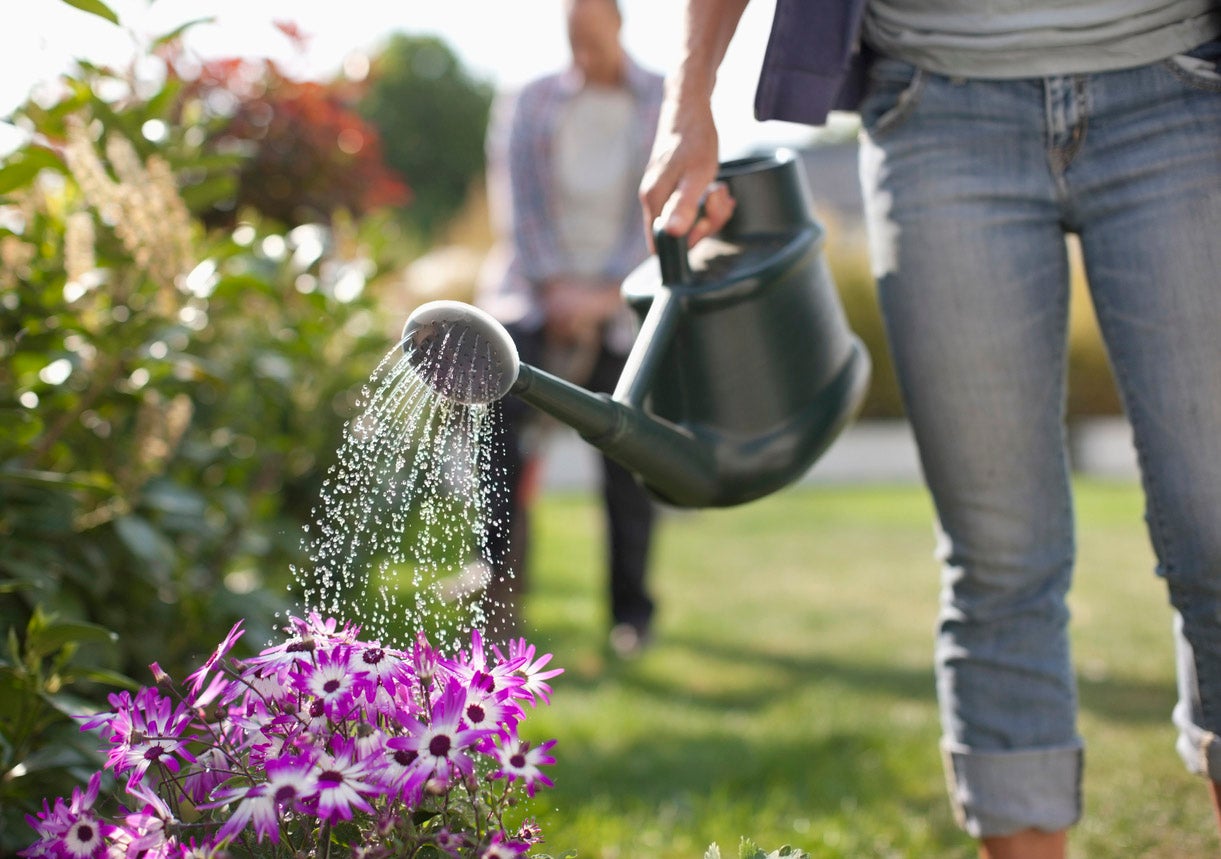


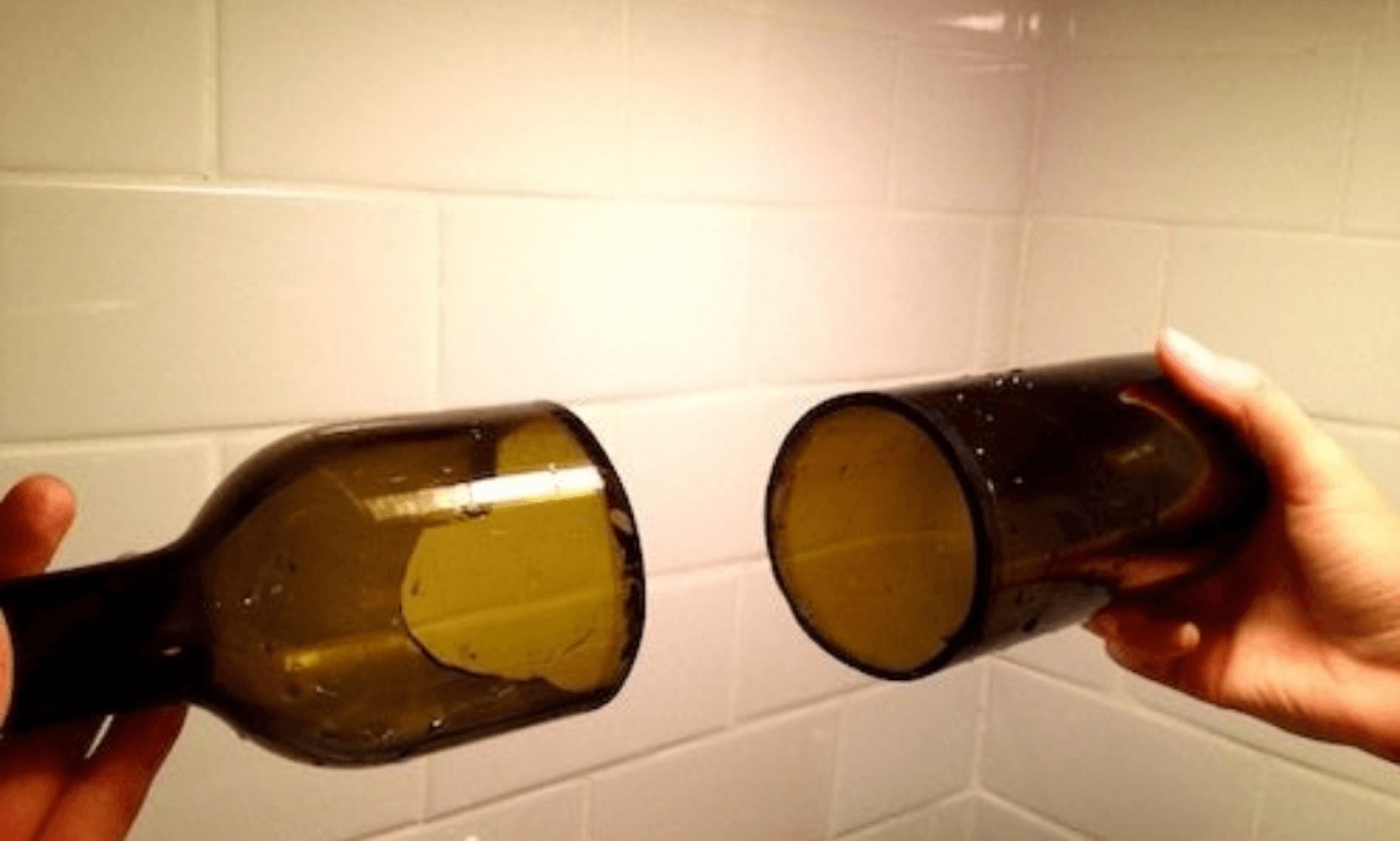
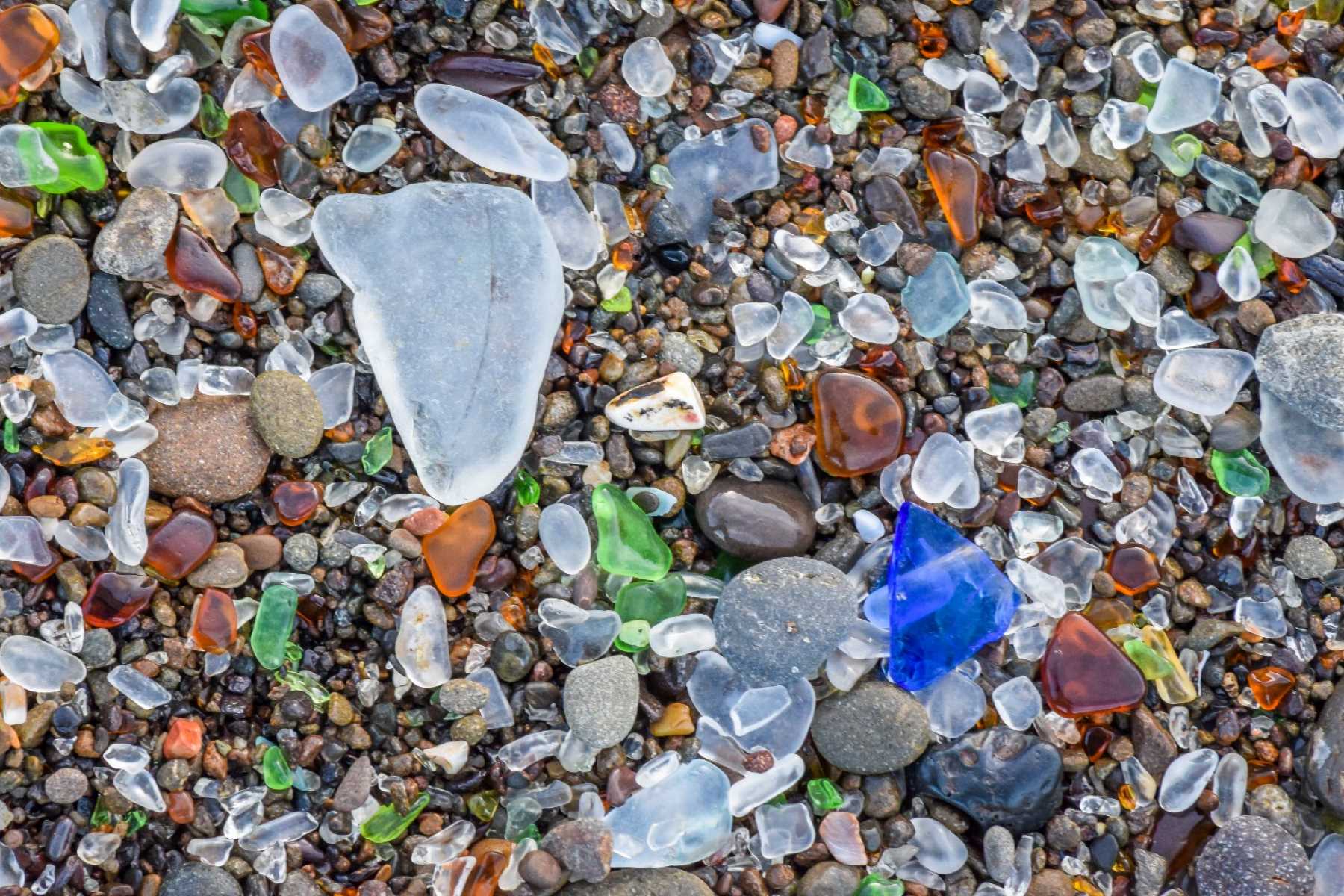
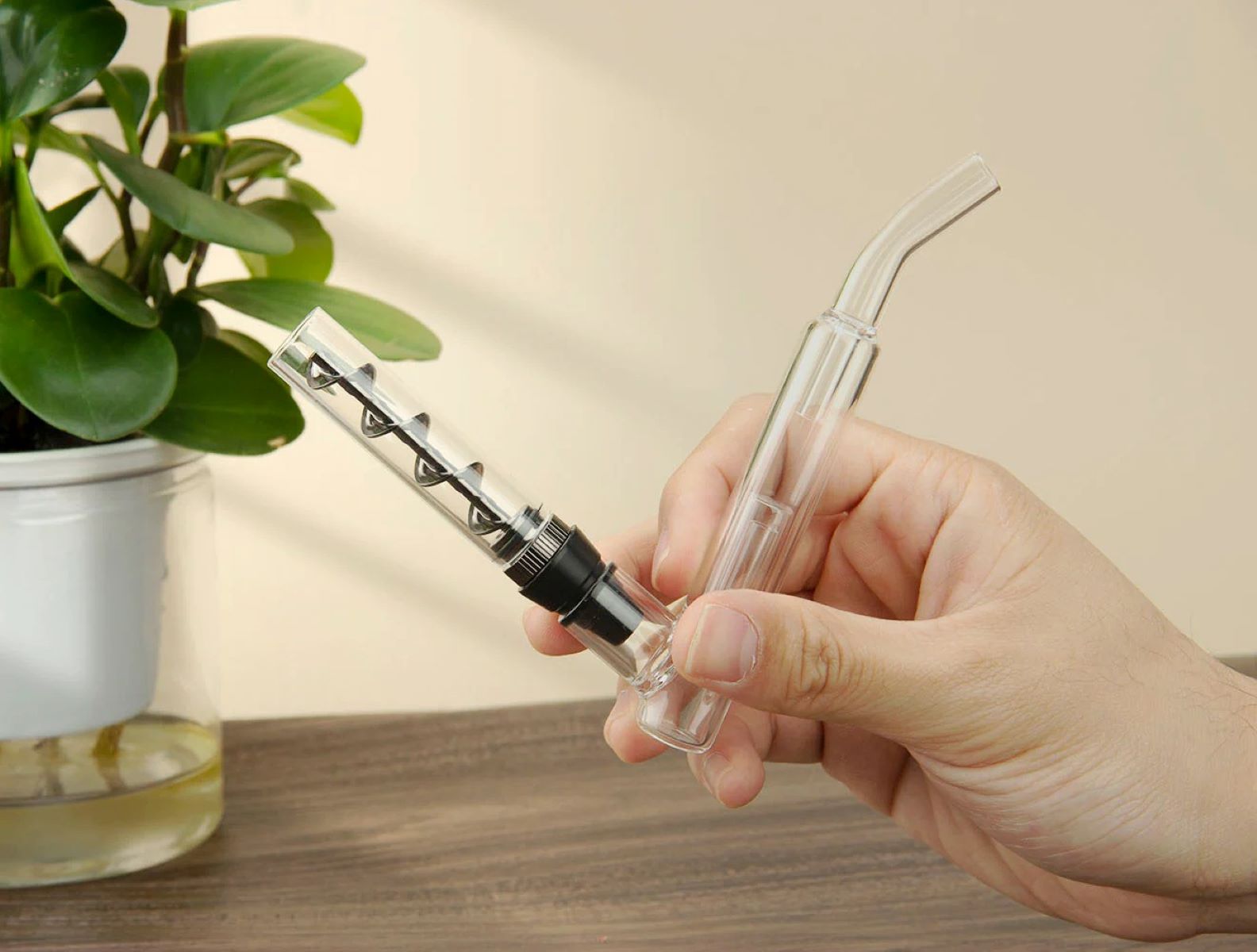

0 thoughts on “How Do You Water Glass Eggs”